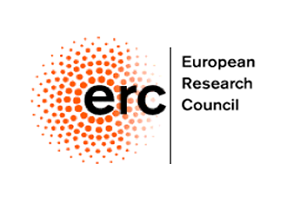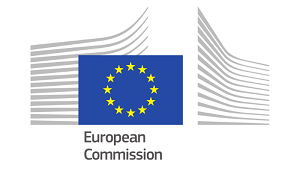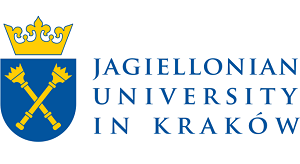We greatly acknowledge the support of the research in our laboratory by






 Nawigacja okruszkowa
Nawigacja okruszkowa
Nawigacja okruszkowa
Nawigacja okruszkowa
 Nawigacja
Nawigacja
Nawigacja
Nawigacja
 Widok zawartości stron
Widok zawartości stron
Widok zawartości stron
Widok zawartości stron
We greatly acknowledge the support of the research in our laboratory by






 Widok zawartości stron
Widok zawartości stron
Widok zawartości stron
Widok zawartości stron

The project is focused on the design and preparation of new chiral molecular magnets (CMMs) showing magneto-chiral dichroism (MChD) - a rare second order cross-effect arising from the coupling between natural optical activity (Cotton effect) and magnetic optical activity (Faraday effect). The main excitement about the CMMs and the MChD effect is the possibility of controlling the absorption of light by external magnetic field. In other words, magnetic field direction and strength controls the color of a chiral magnet. Moreover, the MChD effect is opposite for a pair of enantiomers under the same conditions which leads to a hypothesis that it might be responsible for the homochirality of life. MChD can also be used in asymmetric catalysis to improve the stereo-selectivity of organic syntheses.
Chiral molecular magnets can be "tailored to needs" via the general molecular building block approach using methods developed within the framework of supramolecular and coordination chemistry as well as organometallic chemistry. The general design strategy for any molecular material relies on a careful selection of compatible molecules: metal complexes and ligands bearing specific functionalities, and assembling them into complex molecular architectures. In the case of CMMs the building blocks need to be paramagnetic and chiral, and need to form "strongly" magnetic chiral structures upon assembly in order to show significant MChD. The project will be focused on two main groups of chiral molecular magnets: CMMs with long range magnetic ordering with the highest possible critical temperature and CMMs with very slow magnetic relaxation (hours, days, weeks) typical for single molecule magnets (SMMs). Both groups will be targeted by using known and newly designed enantiopure organic molecules as ligands starting from the smallest ones such as 1,2- diaminopropane and ending with helicene-derivatives. The magnetically ordered CMMs will be assembled using short molecular bridges as linkers between the paramagnetic metal centers ensuring medium-to-strong magnetic interactions within the constructed coordination framework while the SMM-type CMMs will be mostly based on low-coordinate chiral lanthanide complexes ensuring good-to-excellent SMM performance. An alternative synthetic approach targeting bidentate radical ligands coordinated to diamagnetic metal ions in an octahedral fashion will also by pursued resulting in the preparation of Δ and Λ stereoisomers showing antiferromagnetic triangle spin frustration. All compounds developed within the proposed research will be fully characterized using a range of physical techniques including structure determination and magnetic properties analysis. Selected candidates will be tested for the presence of the natural circular dichroism, magnetic circular dichroism and MChD effect.
The successful implementation of the project will have a three-fold impact on the scientific community involved in magneto-optical and molecular materials research: (i) it will vastly expand the limited library of enantiopure chiral magnets enabling an in-depth understanding of their design principles, (ii) it will provide a molecular playground for the exhaustive study of the MChD phenomenon including its influence on the homochirality of life or significance in asymmetric catalysis and finally (iii) it will provide a unique opportunity to discover the reverse phenomenon – control of the magnetic domains in the magnetically ordered state by unpolarized light (depending on its direction) as well as control of the magnetization by electric field (most CMMs show multiferroicity – a combination of ferromagnetism and ferroelectricity enabling magnetization switching with electric field and electric polarization switching using magnetic field).
The additional key goal of the project will be the construction of MChD spectrophotometer – a unique commercially unavailable magneto-optical instrument capable of recording the MChD effect in the UV-vis part of the electromagnetic spectrum in a wide range of temperature (5-300 K) and magnetic field (±1 T). Currently there are only a few MChD instruments of this type in the world (France, Japan and China) and none in Poland.
For more: https://projekty.ncn.gov.pl/en/index.php?projekt_id=482423